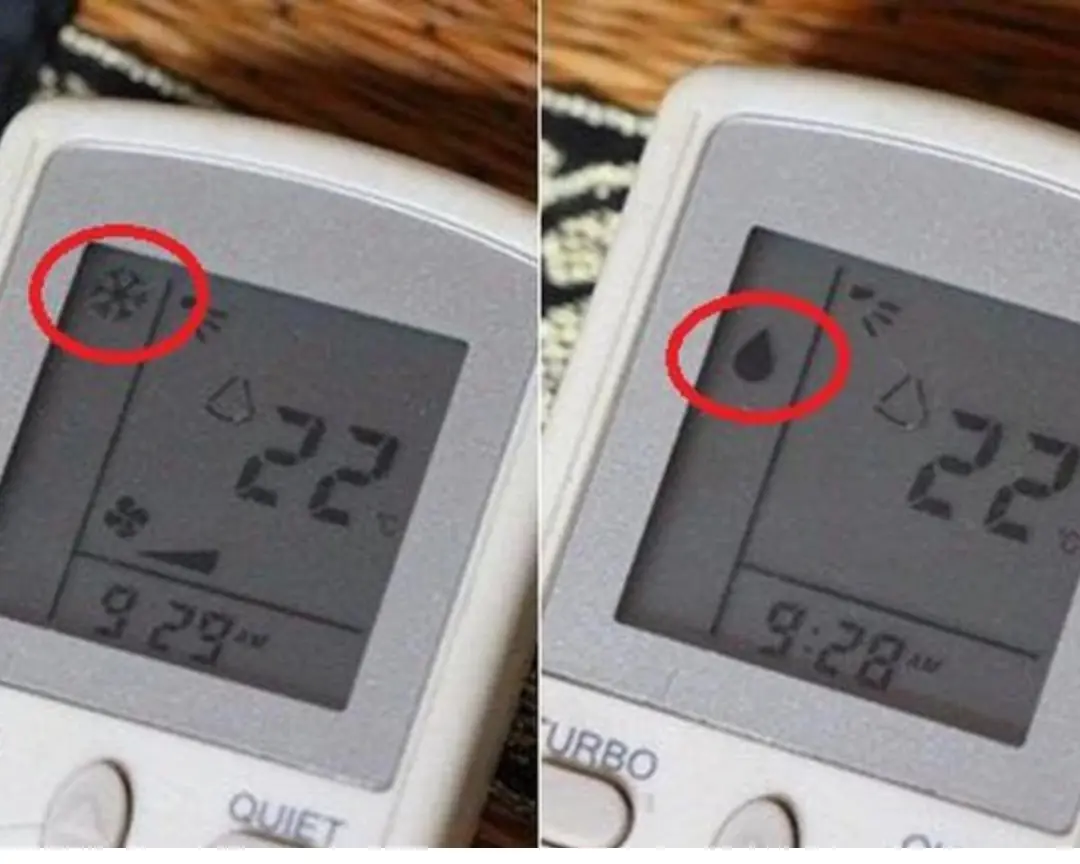
There is a small switch on the washing machine: Press it once and the dirt will automatically be discharged.
How to Keep Your Washing Machine Clean and Efficient with One Simple Switch
Washing machines are an essential household appliance that we often take for granted. They work tirelessly to clean our clothes, but in doing so, they accumulate dirt, soap scum, and lint over time. If not properly maintained, these buildups can affect the washing machine’s efficiency, potentially leading to unpleasant odors and even damage to the machine.
Luckily, modern washing machines often come with a simple solution to help maintain their cleanliness: a hidden switch that allows dirt and debris to be automatically discharged. This feature makes it easy to keep your machine running efficiently without any extra effort. In this article, we will explain how this switch works and why it’s crucial for the longevity and performance of your washing machine.
Why Do Washing Machines Accumulate Dirt?
Over time, washing machines, especially front-loading machines, can accumulate dirt and soap residues that don't fully drain out during a wash cycle. These buildups can occur in several places:
-
The drum: Over time, soap scum and detergent residues can collect inside the drum. These residues can cause unpleasant odors and even mold growth.
-
The door seal: The rubber gasket around the door (especially in front-loading machines) can trap water, dirt, and lint, leading to the growth of mold and mildew.
-
The filter: Washing machines often have a small filter that catches lint and other debris. If this filter is not cleaned regularly, it can become clogged and reduce the machine’s efficiency.
-
The drain system: Over time, soap and detergent residues can clog the washing machine’s drain system, leading to poor drainage and water retention.
If left unchecked, these issues can compromise the washing machine’s performance and even cause it to break down prematurely. Fortunately, there is an easy way to prevent this from happening.
How to Use the Hidden Switch for Easy Maintenance
Many modern washing machines come equipped with a small switch or button designed to discharge dirt, soap scum, and lint from the machine. This feature is often hidden in plain sight, usually located on the bottom panel of the washing machine, near the front. Here’s how to use it:
Step 1: Locate the Switch
-
The small switch or button is typically found on the front panel of the washing machine, near the bottom. It is often marked with a small door or flap that opens to reveal the switch.
-
Tip: In some machines, the switch may be a push button or a sliding latch.
Step 2: Press the Switch
-
Once you locate the switch, press it once. This action will trigger the automatic discharge function, causing the machine to release any trapped dirt, lint, and detergent residues.
-
The dirt will be expelled through the machine’s drain system, helping to keep the internal components clean and functioning efficiently.
Step 3: Check for Any Remaining Residue
-
After pressing the switch, check the machine’s drainage area for any visible residues or debris. In most cases, the discharge will be thorough, but it’s always good practice to double-check.
-
If your washing machine has a filter, you may need to clean it manually from time to time, especially if it has accumulated large amounts of lint or dirt.
Step 4: Repeat Regularly
-
For optimal performance, make it a habit to press the switch and clean the machine every few weeks, especially if you use the washing machine frequently. Regular use of this cleaning feature will ensure that your washing machine stays fresh and efficient.
The Benefits of Using the Automatic Discharge Feature
Now that you know how to use the hidden switch to maintain your washing machine, let’s take a look at the benefits of using this feature regularly.
1. Improved Cleaning Efficiency
-
Dirt buildup can lead to inefficient washing. When your washing machine is filled with residues, it has to work harder to clean your clothes. By using the automatic discharge feature, you ensure that the washing machine runs smoothly and efficiently, helping it clean your laundry better.
2. Reduced Odors
-
Mold, mildew, and soap scum can create unpleasant smells in the washing machine. By pressing the discharge switch regularly, you prevent the accumulation of these substances, keeping your machine smelling fresh and clean.
3. Prolonged Machine Life
-
The dirt buildup in washing machines can damage the internal components, leading to breakdowns and expensive repairs. By regularly using the discharge feature, you reduce the strain on your machine and extend its lifespan.
4. Reduced Risk of Mold and Mildew
-
Mold and mildew thrive in damp, enclosed areas. The trap for lint and soap residues in washing machines can create the perfect environment for mold growth. Using the discharge feature ensures that these residues are removed before they cause damage to the machine or your laundry.
5. Lower Energy Bills
-
A machine that is clean and well-maintained runs more efficiently, meaning it uses less energy to wash your clothes. This leads to lower electricity bills and helps reduce your environmental footprint.
Other Tips for Maintaining Your Washing Machine
While the small switch is a great way to keep your washing machine clean, there are a few other maintenance tips you can follow to keep it in top shape:
-
Clean the door seal: For front-loading washing machines, regularly wipe down the rubber door seal to remove any moisture, lint, or soap scum that may accumulate there.
-
Leave the door open: After washing, leave the washing machine door slightly ajar to allow air to circulate and prevent mold and mildew growth.
-
Clean the detergent drawer: Over time, detergent and fabric softener can build up in the detergent drawer, leading to residue and odors. Remove the drawer and clean it thoroughly every few weeks.
-
Use the right detergent: Use a high-efficiency detergent to avoid buildup in the machine. Overuse of detergent can lead to excess soap scum and residues in the drum and drain system.
-
Run a cleaning cycle: Some washing machines have a dedicated cleaning cycle. If yours does, run it once a month with a washing machine cleaner or a cup of white vinegar to maintain freshness and cleanliness.
How to Keep Your Washing Machine Clean and Efficient with One Simple Switch
Washing machines are an essential household appliance that we often take for granted. They work tirelessly to clean our clothes, but in doing so, they accumulate dirt, soap scum, and lint over time. If not properly maintained, these buildups can affect the washing machine’s efficiency, potentially leading to unpleasant odors and even damage to the machine.
Luckily, modern washing machines often come with a simple solution to help maintain their cleanliness: a hidden switch that allows dirt and debris to be automatically discharged. This feature makes it easy to keep your machine running efficiently without any extra effort. In this article, we will explain how this switch works and why it’s crucial for the longevity and performance of your washing machine.
Why Do Washing Machines Accumulate Dirt?
Over time, washing machines, especially front-loading machines, can accumulate dirt and soap residues that don't fully drain out during a wash cycle. These buildups can occur in several places:
-
The drum: Over time, soap scum and detergent residues can collect inside the drum. These residues can cause unpleasant odors and even mold growth.
-
The door seal: The rubber gasket around the door (especially in front-loading machines) can trap water, dirt, and lint, leading to the growth of mold and mildew.
-
The filter: Washing machines often have a small filter that catches lint and other debris. If this filter is not cleaned regularly, it can become clogged and reduce the machine’s efficiency.
-
The drain system: Over time, soap and detergent residues can clog the washing machine’s drain system, leading to poor drainage and water retention.
If left unchecked, these issues can compromise the washing machine’s performance and even cause it to break down prematurely. Fortunately, there is an easy way to prevent this from happening.
How to Use the Hidden Switch for Easy Maintenance
Many modern washing machines come equipped with a small switch or button designed to discharge dirt, soap scum, and lint from the machine. This feature is often hidden in plain sight, usually located on the bottom panel of the washing machine, near the front. Here’s how to use it:
Step 1: Locate the Switch
-
The small switch or button is typically found on the front panel of the washing machine, near the bottom. It is often marked with a small door or flap that opens to reveal the switch.
-
Tip: In some machines, the switch may be a push button or a sliding latch.
Step 2: Press the Switch
-
Once you locate the switch, press it once. This action will trigger the automatic discharge function, causing the machine to release any trapped dirt, lint, and detergent residues.
-
The dirt will be expelled through the machine’s drain system, helping to keep the internal components clean and functioning efficiently.
Step 3: Check for Any Remaining Residue
-
After pressing the switch, check the machine’s drainage area for any visible residues or debris. In most cases, the discharge will be thorough, but it’s always good practice to double-check.
-
If your washing machine has a filter, you may need to clean it manually from time to time, especially if it has accumulated large amounts of lint or dirt.
Step 4: Repeat Regularly
-
For optimal performance, make it a habit to press the switch and clean the machine every few weeks, especially if you use the washing machine frequently. Regular use of this cleaning feature will ensure that your washing machine stays fresh and efficient.
The Benefits of Using the Automatic Discharge Feature
Now that you know how to use the hidden switch to maintain your washing machine, let’s take a look at the benefits of using this feature regularly.
1. Improved Cleaning Efficiency
-
Dirt buildup can lead to inefficient washing. When your washing machine is filled with residues, it has to work harder to clean your clothes. By using the automatic discharge feature, you ensure that the washing machine runs smoothly and efficiently, helping it clean your laundry better.
2. Reduced Odors
-
Mold, mildew, and soap scum can create unpleasant smells in the washing machine. By pressing the discharge switch regularly, you prevent the accumulation of these substances, keeping your machine smelling fresh and clean.
3. Prolonged Machine Life
-
The dirt buildup in washing machines can damage the internal components, leading to breakdowns and expensive repairs. By regularly using the discharge feature, you reduce the strain on your machine and extend its lifespan.
4. Reduced Risk of Mold and Mildew
-
Mold and mildew thrive in damp, enclosed areas. The trap for lint and soap residues in washing machines can create the perfect environment for mold growth. Using the discharge feature ensures that these residues are removed before they cause damage to the machine or your laundry.
5. Lower Energy Bills
-
A machine that is clean and well-maintained runs more efficiently, meaning it uses less energy to wash your clothes. This leads to lower electricity bills and helps reduce your environmental footprint.
Other Tips for Maintaining Your Washing Machine
While the small switch is a great way to keep your washing machine clean, there are a few other maintenance tips you can follow to keep it in top shape:
-
Clean the door seal: For front-loading washing machines, regularly wipe down the rubber door seal to remove any moisture, lint, or soap scum that may accumulate there.
-
Leave the door open: After washing, leave the washing machine door slightly ajar to allow air to circulate and prevent mold and mildew growth.
-
Clean the detergent drawer: Over time, detergent and fabric softener can build up in the detergent drawer, leading to residue and odors. Remove the drawer and clean it thoroughly every few weeks.
-
Use the right detergent: Use a high-efficiency detergent to avoid buildup in the machine. Overuse of detergent can lead to excess soap scum and residues in the drum and drain system.
-
Run a cleaning cycle: Some washing machines have a dedicated cleaning cycle. If yours does, run it once a month with a washing machine cleaner or a cup of white vinegar to maintain freshness and cleanliness.
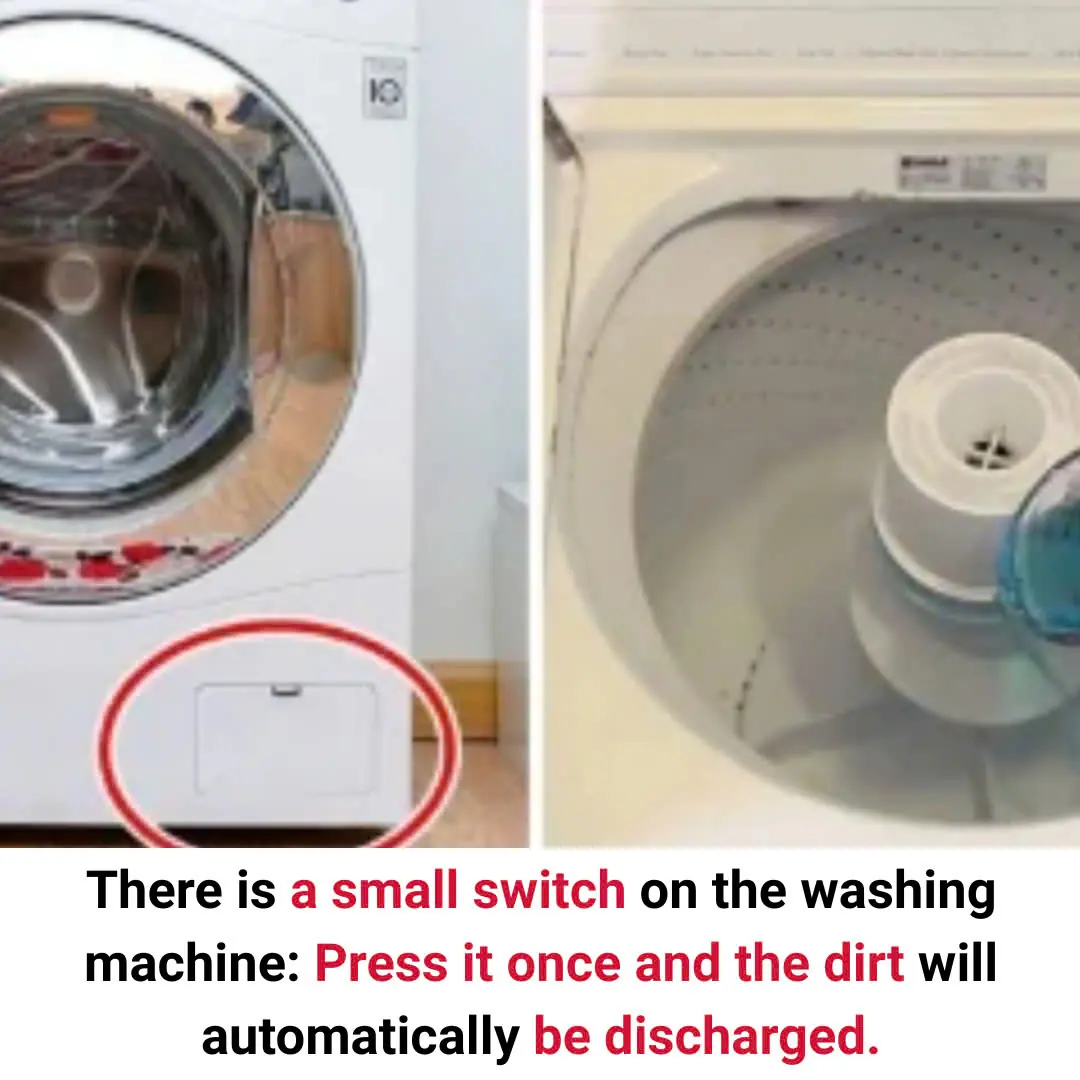
-
News in the same category

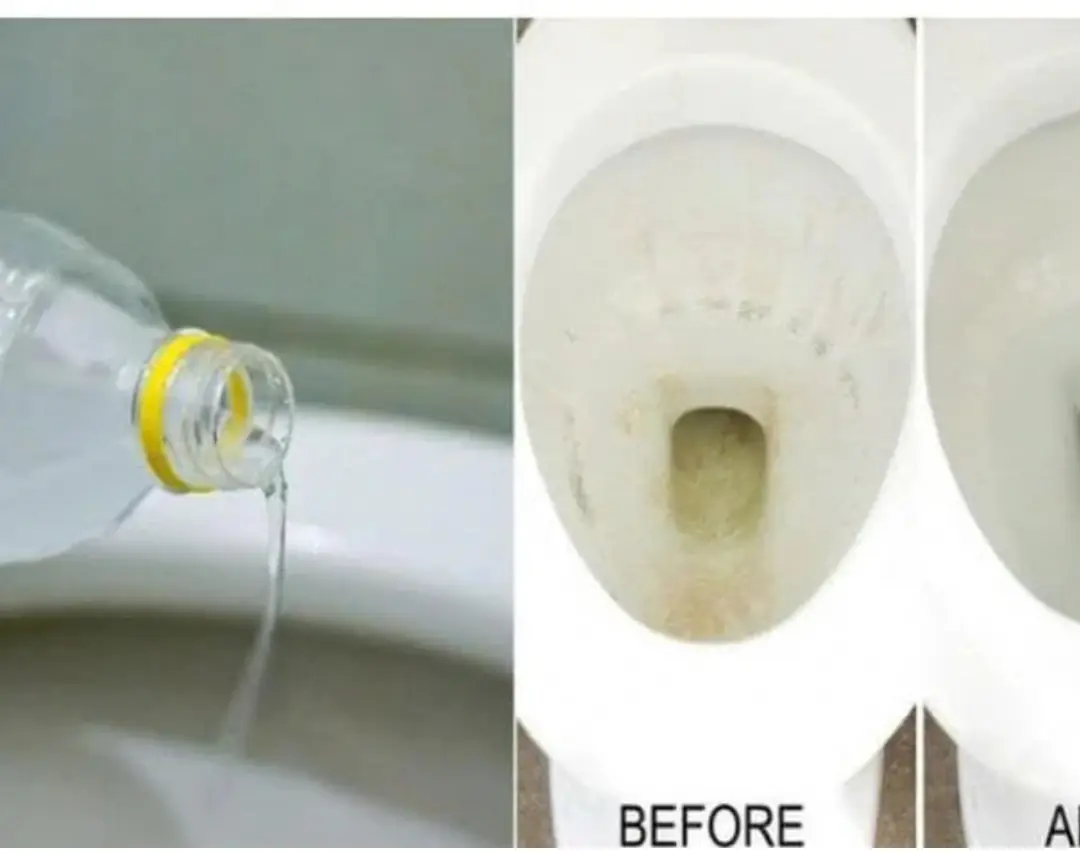
Toilet smells fishy: Pour this in and the smell will go away, free of charge

Crush this handful of leaves and place it in the room.
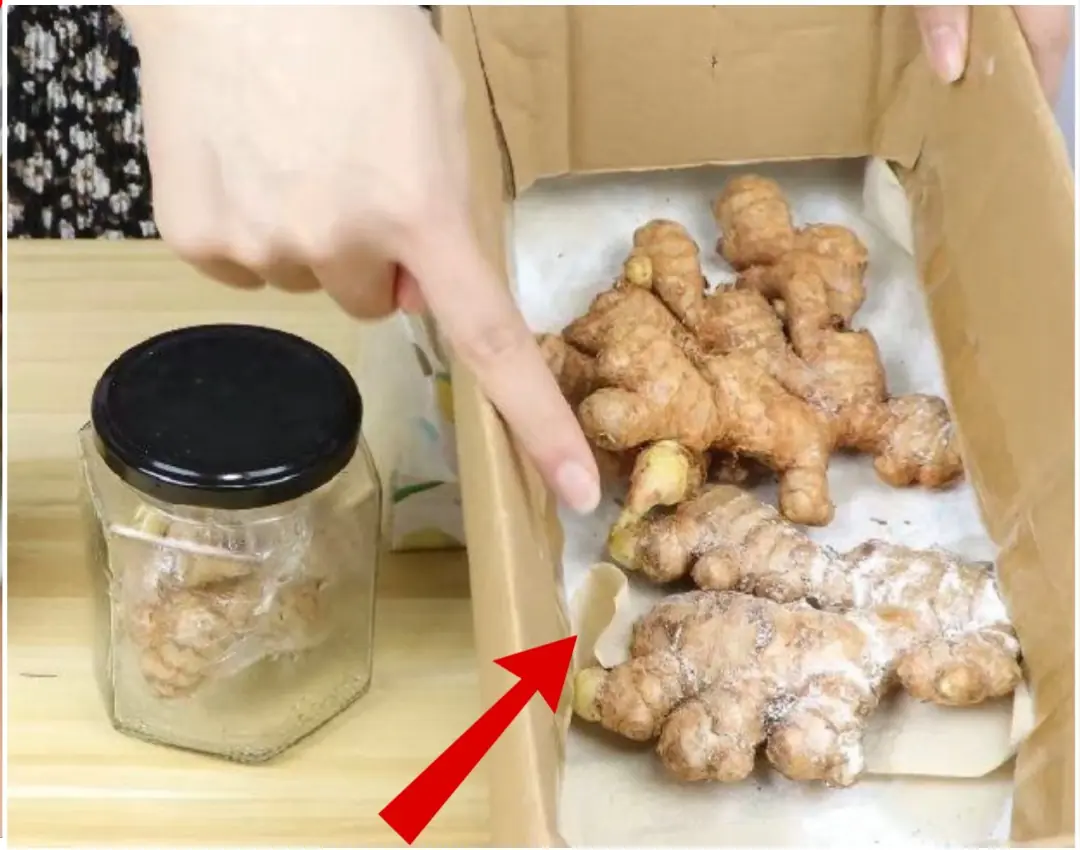
Ginger left for a long time will often shrink, rot, or sprout

Don’t Buy the Brightest, Glossiest Tomatoes – Veteran Farmers Only Pick These 3 “Ugly but Delicious” Types
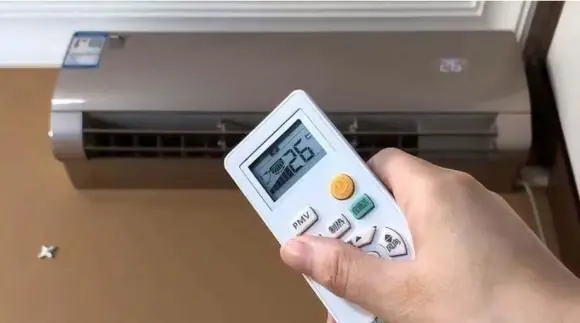
Why should you do that?
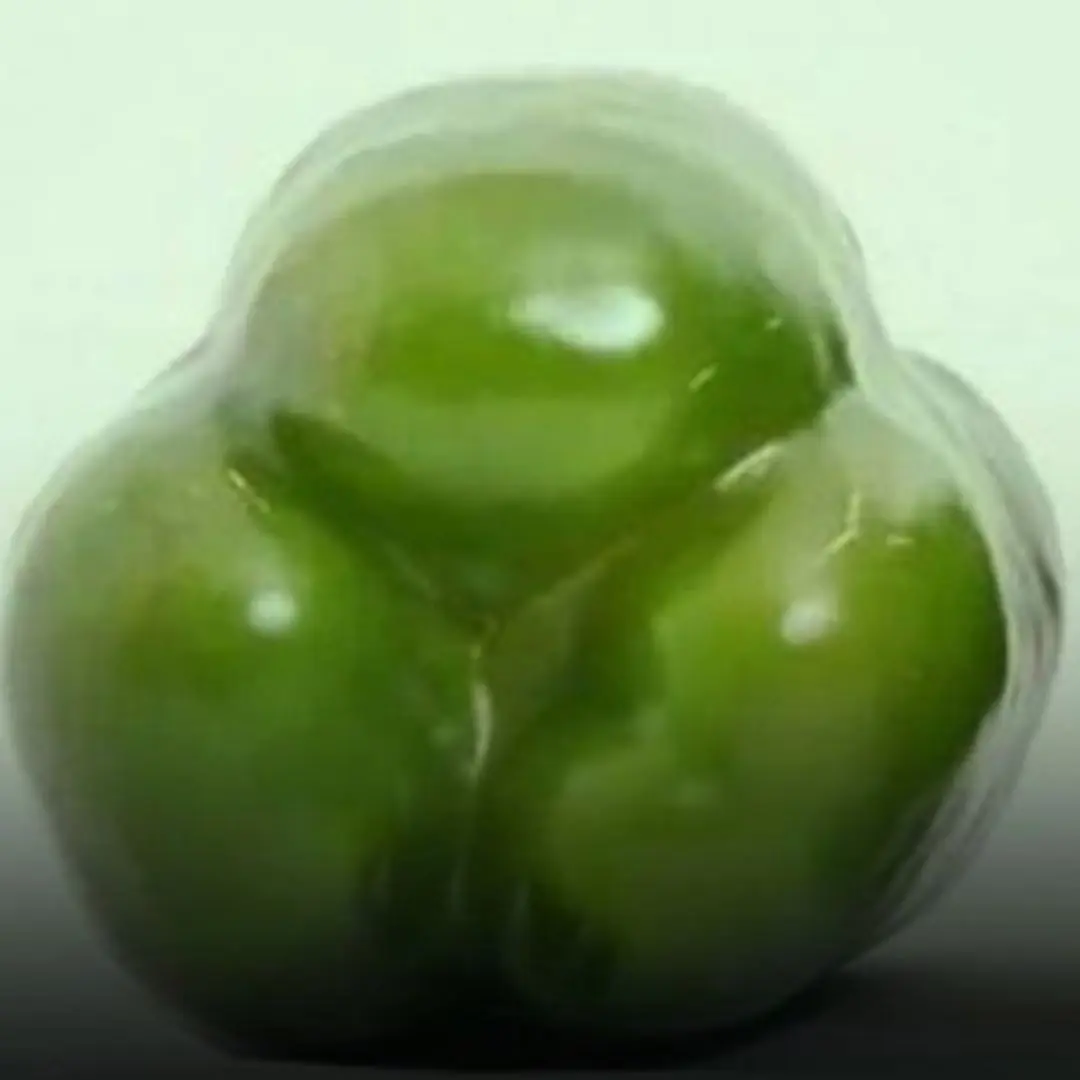
When buying bell peppers, choose the one with 3 or 4 grooves. Which one is better?
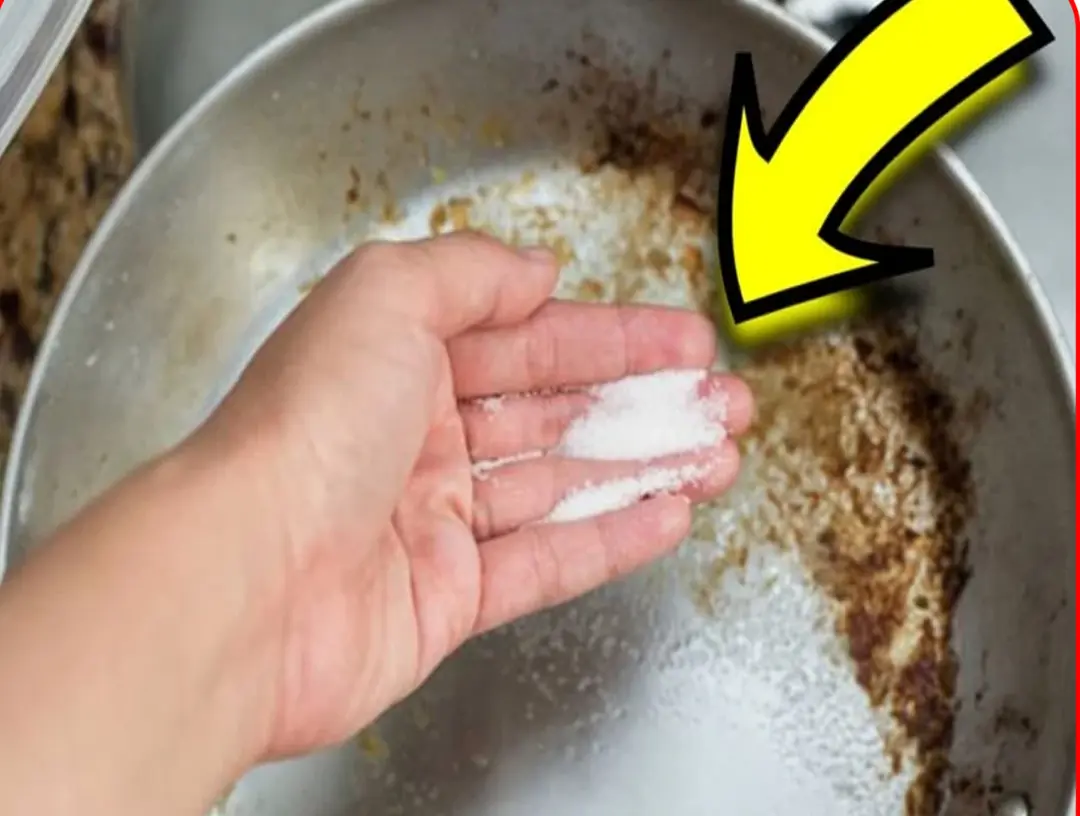
If the pan loses its non-stick coating, don't throw it away.

About 15 minutes before a stroke, the body usually sends out 4 clear

Save this valuable remedy to help absorb toxins and save lives

Show you 4 effective ways to keep your house free of cockroaches
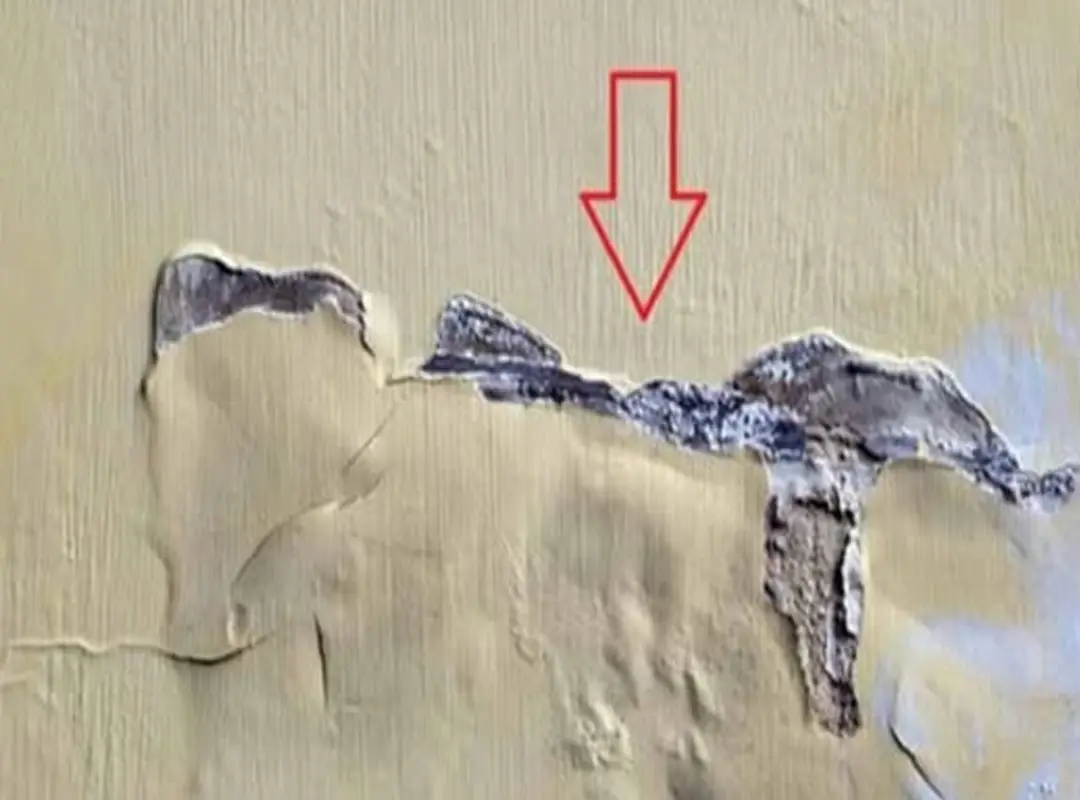
Tips to deal with moldy, peeling walls: Free, very simple, any house can do it

Some ways to care for hair with ginger
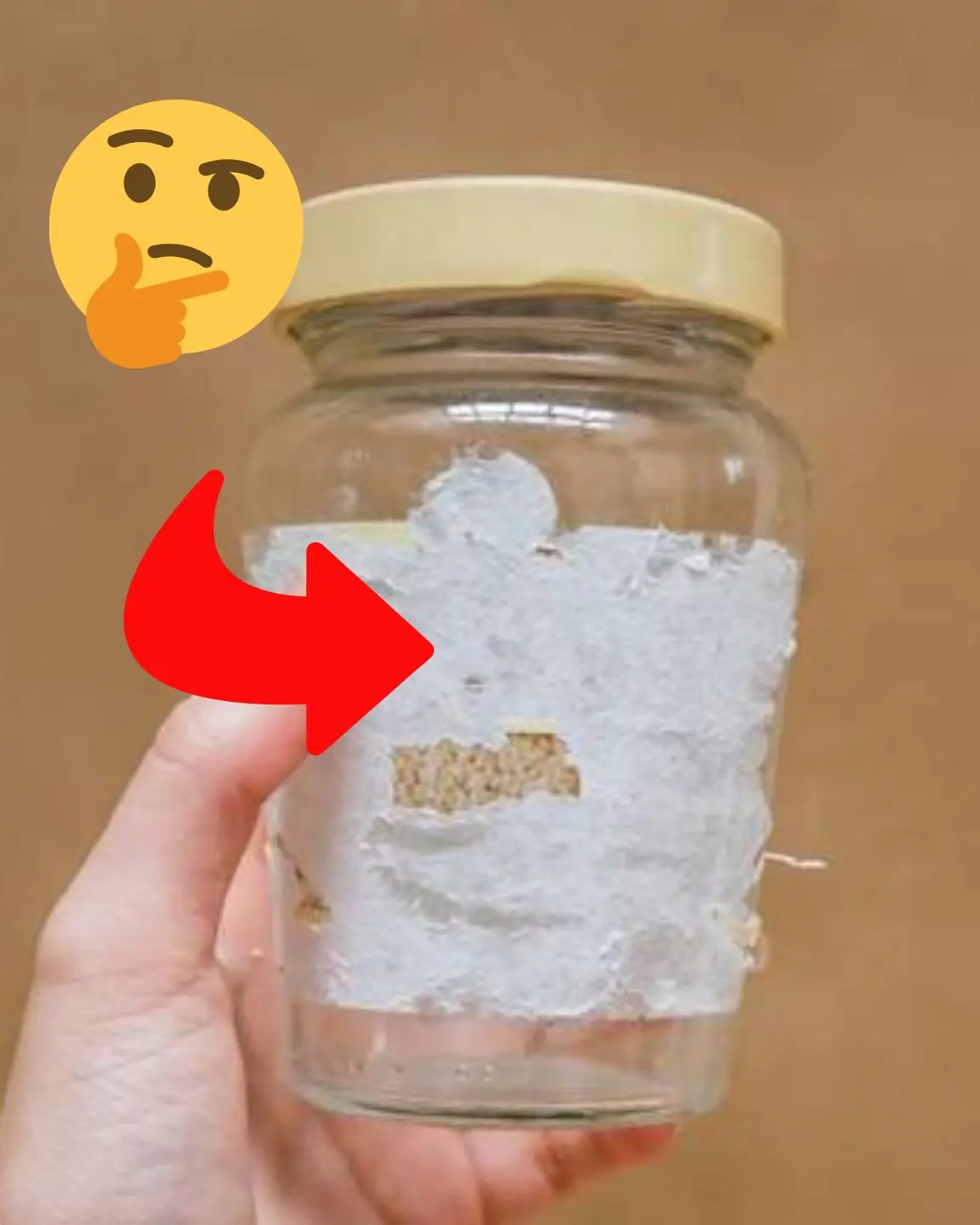
How to Remove Labels from Glass Jars in Minutes (with Zero Effort!)
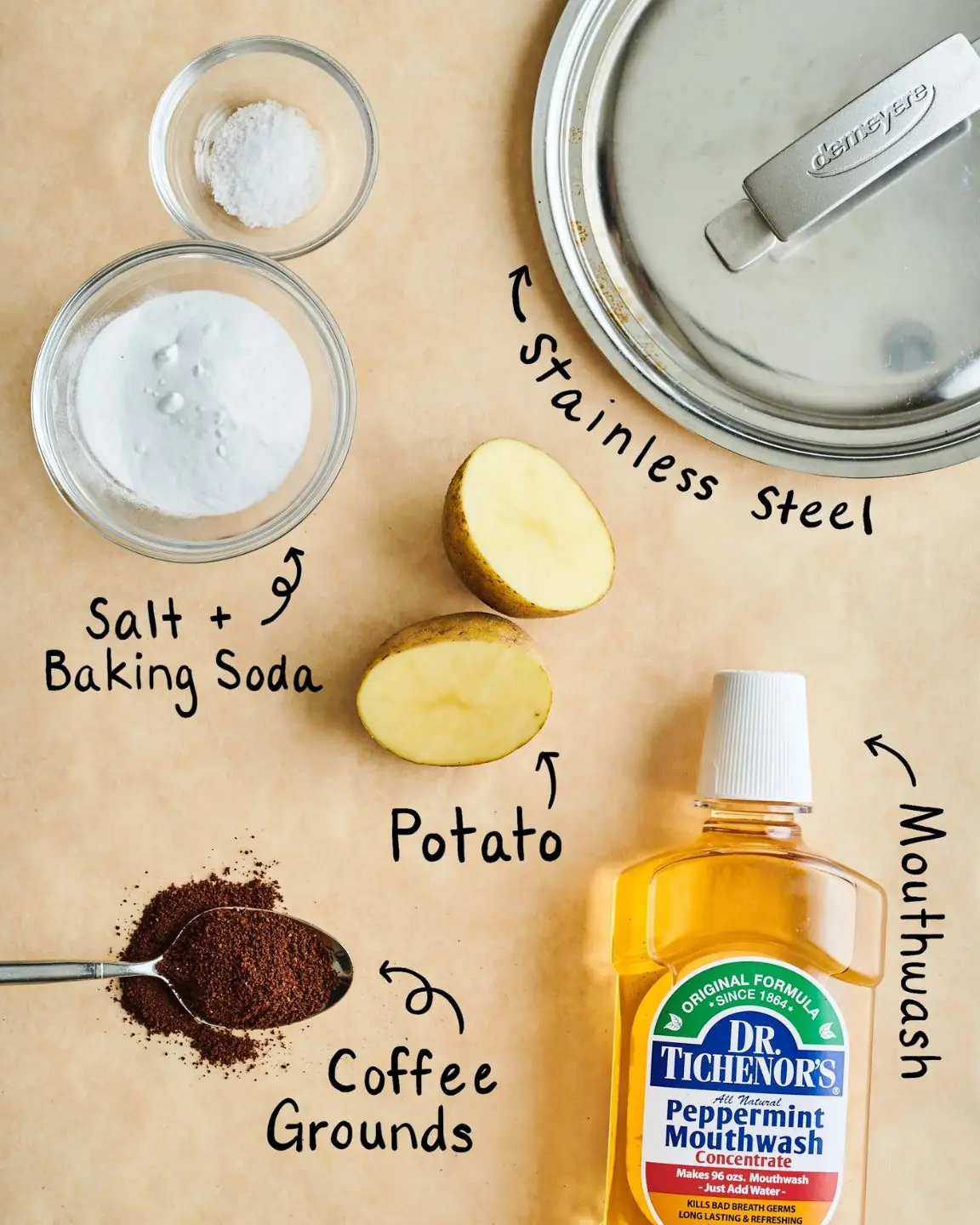
I Tried 5 Tricks for Getting Garlic Smells Off My Fingers, and the Winner Blew Me Away

Is Jackfruit Good for Diabetes?

When buying shrimp, should you choose open or folded tails? 5 tips for choosing the right shrimp, stay away from shrimp injected with chemicals
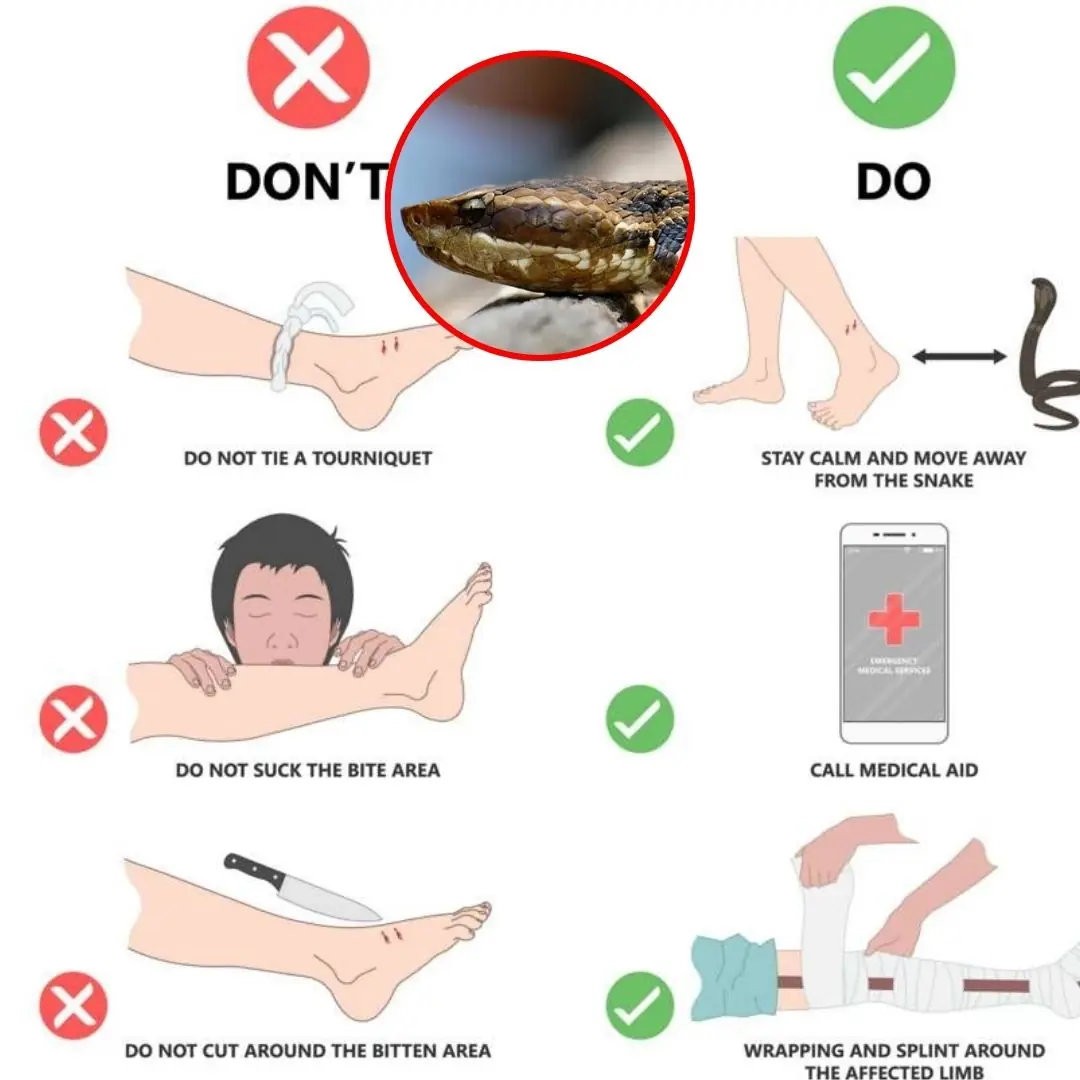
Emergency : Snake bite what to do and what not to do?
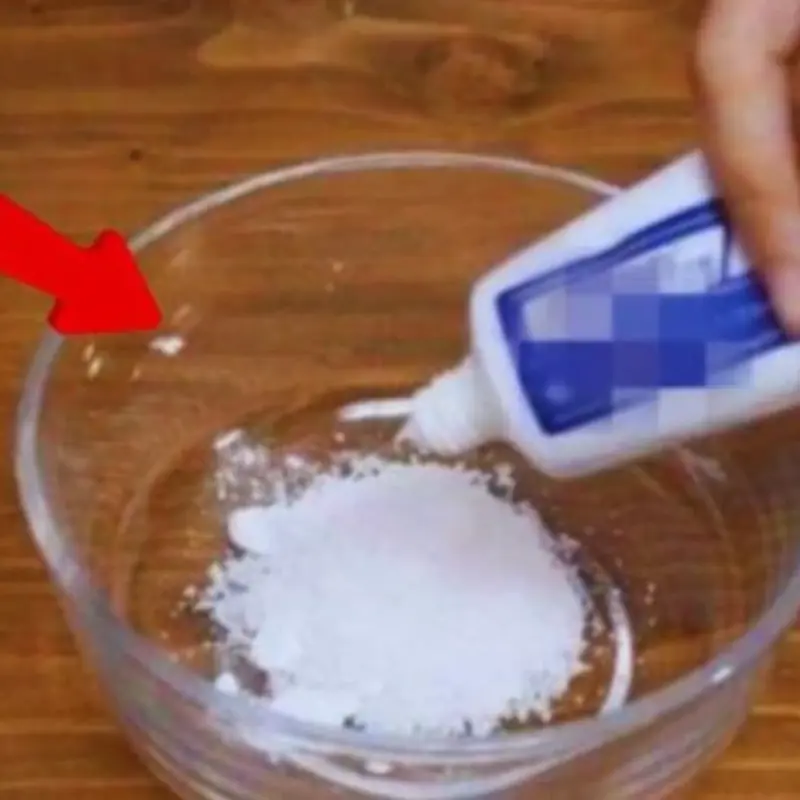
Mix Toothpaste with This and Be Surprised: Old, Moldy Faucets Shine Like New After Just 5 Minutes of Light Cleaning
News Post

Tips for using air conditioning without worrying about skyrocketing electricity bills

Toilet smells fishy: Pour this in and the smell will go away, free of charge

Crush this handful of leaves and place it in the room.

Ginger left for a long time will often shrink, rot, or sprout

Don’t Buy the Brightest, Glossiest Tomatoes – Veteran Farmers Only Pick These 3 “Ugly but Delicious” Types

Two Friends

The Little Match Girl

Why should you do that?

Why do hotel bathrooms have transparent glass doors?

A Jury of Her Peers

NASA Scientists Explain Why Astronauts Strap Down Their Arms to Avoid the “Zombie Pose”

The Gift of the Magi

When buying bell peppers, choose the one with 3 or 4 grooves. Which one is better?

If the pan loses its non-stick coating, don't throw it away.

These 5 fruits are in the 'black book' of causing can.c.er cells

About 15 minutes before a stroke, the body usually sends out 4 clear

Save this valuable remedy to help absorb toxins and save lives

Show you 4 effective ways to keep your house free of cockroaches
